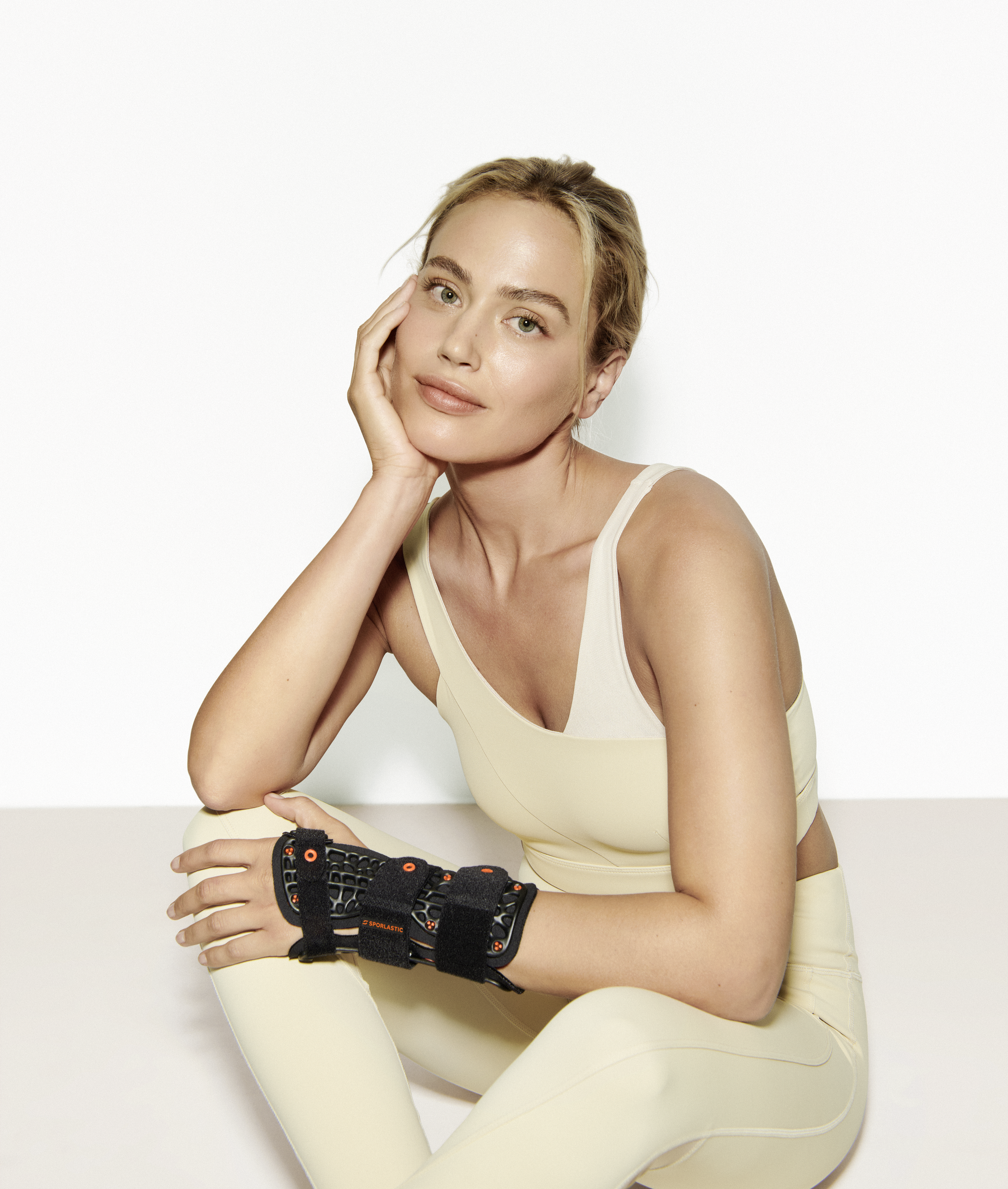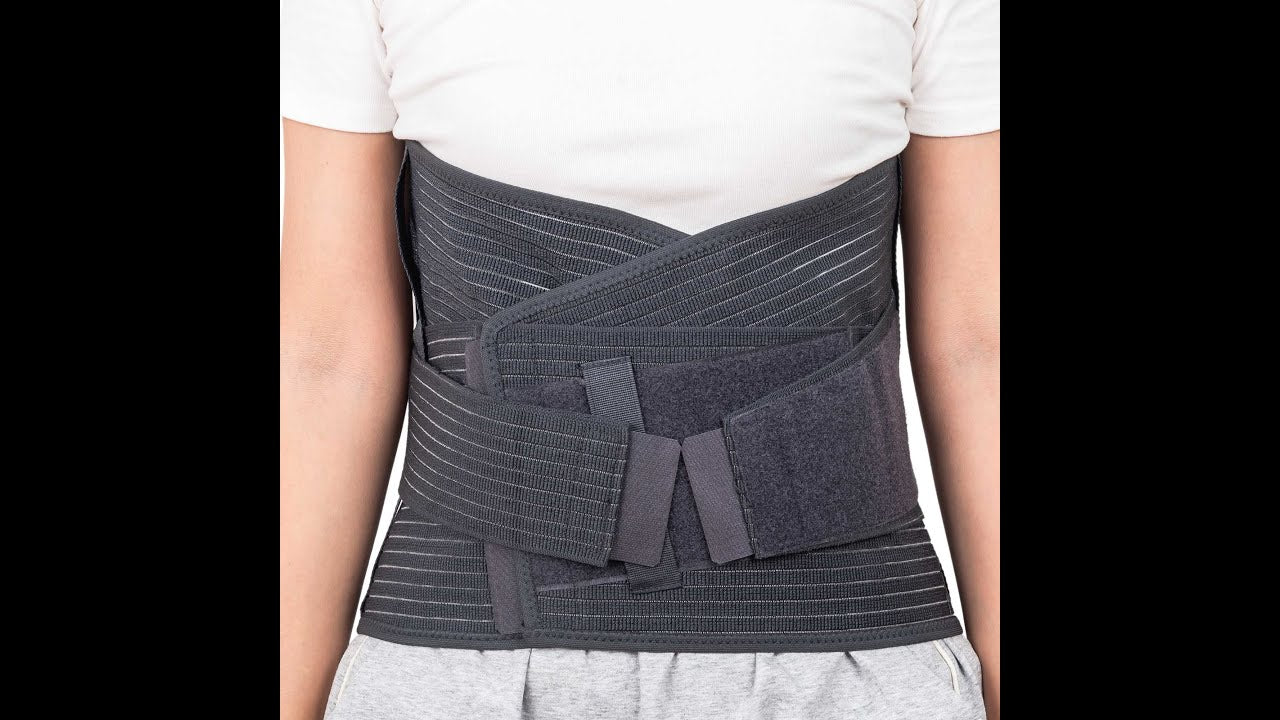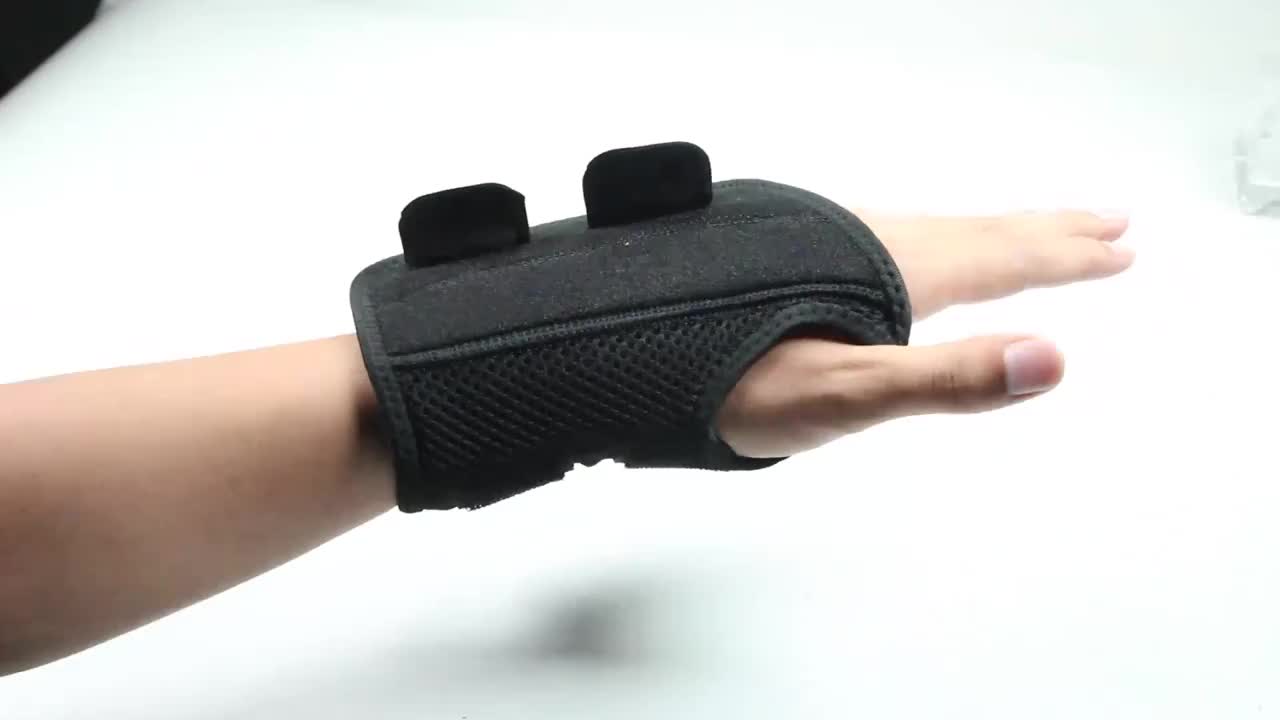Wrist braces function as essential devices that help treat pain while promoting healing as well as shielding the wrist from additional harms. The effectiveness of relief and healing depends significantly on picking an appropriate wrist brace regardless of your condition between carpal tunnel syndrome and tendonitis and arthritis and sports injuries. The following factors must be evaluated when purchasing a wrist brace.
1. Purpose of the Brace
The selection of a correct wrist brace begins with determining the reason for its needed usage. The purpose of using a wrist brace depends on whether you need help treating an injury or you want daily support or you need preventive support for activities including sports or typing. Different wrist braces have multiple designs that include firm supports for injury recovery and elastic pressure mechanisms for everyday or mild pain relief. Knowing your particular need will guide you toward selecting proper support level.
2. Level of Support
The support range for wrist braces includes both weights of elastic sleeves along with stable immobilization devices.
Braces providing such support are best applied for treating moderate light issues or basic everyday needs.
The middle level of support through braces delivers stability together with specific rigidity and functions effectively for treating carpal tunnel symptoms and arthritis manifestations.
The need for maximum support requires either metal braces or rigid materials that will completely immobilize the wrist tissues for intensive situations including postoperative recovery.
Healthcare experts can help you select appropriate wrist support based on your health condition.
3. Fit and Size
A proper fit is crucial. An improperly fitted wrist brace may impair blood circulation either by being too tight or being too loose to offer appropriate support. Most wrist braces feature multiple adjustable sizes which can be tightened or loosened through Velcro straps. Take your wrist measurement before you buy and search for a brace that has adjustments to gain better effectiveness while being comfortable over time.
4. Material and Comfort
Material choice in wrist braces determines how well they fit the user together with their ease of use. Neoprene and mesh materials should be your fabric choice because they allow air flow through the brace so you can wear them throughout the day when working or being active. Your choice of wrist brace material should be hypoallergenic and soft-lined to prevent skin irritation when using the brace on sensitive skin.
5. Ease of Use
Pick a wrist brace which can be easily applied and removed since you intend to use it often during the day. The market provides braces that can fit both hands as well as braces that are manufactured for single-handed usage. A person who needs to use their brace often should select a model that features easy application and removal functions.
6. Adjustability
An adjustable brace features some flexibility in its fit level because of daily changes in swelling. Straps with Velcro combined with lacing mechanisms provide users with customization features for the best possible combination of support and comfort.
7. Durability and Maintenance
Wrist braces intended for long-term use should be both tough and simple to maintain cleanliness. Your brace will last longer and stay hygienic because the splints can be removed and the materials can be washed in a machine.
Final Thoughts
The selection of a wrist brace depends on achieving equilibrium between comfort and support together with the required functionality. Your decision must consider your individual health needs together with your physical activeness as well as personal preferences. Consult with your healthcare provider before choosing any wrist brace when ybou have doubts about which one you need.





Leave a comment
This site is protected by hCaptcha and the hCaptcha Privacy Policy and Terms of Service apply.